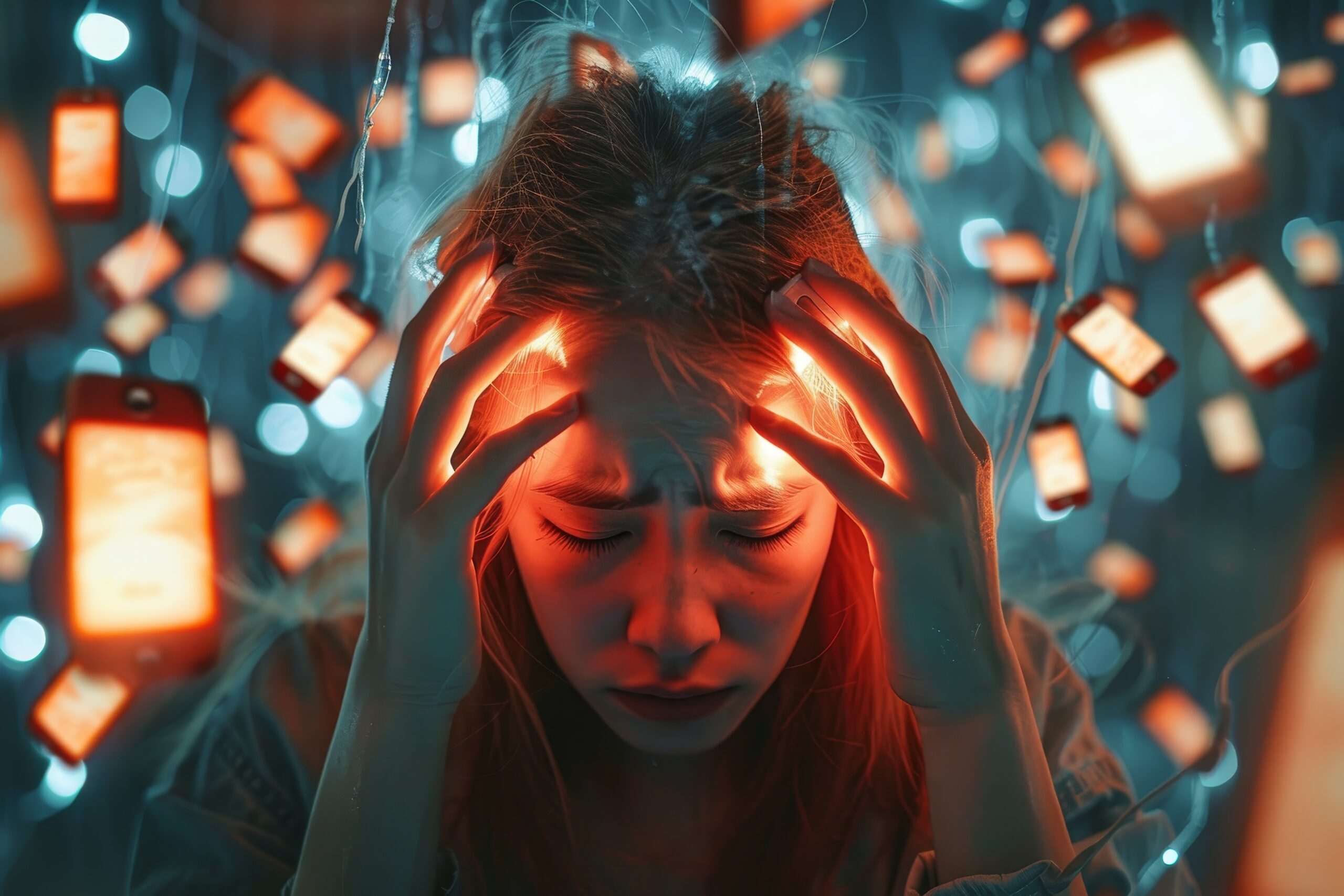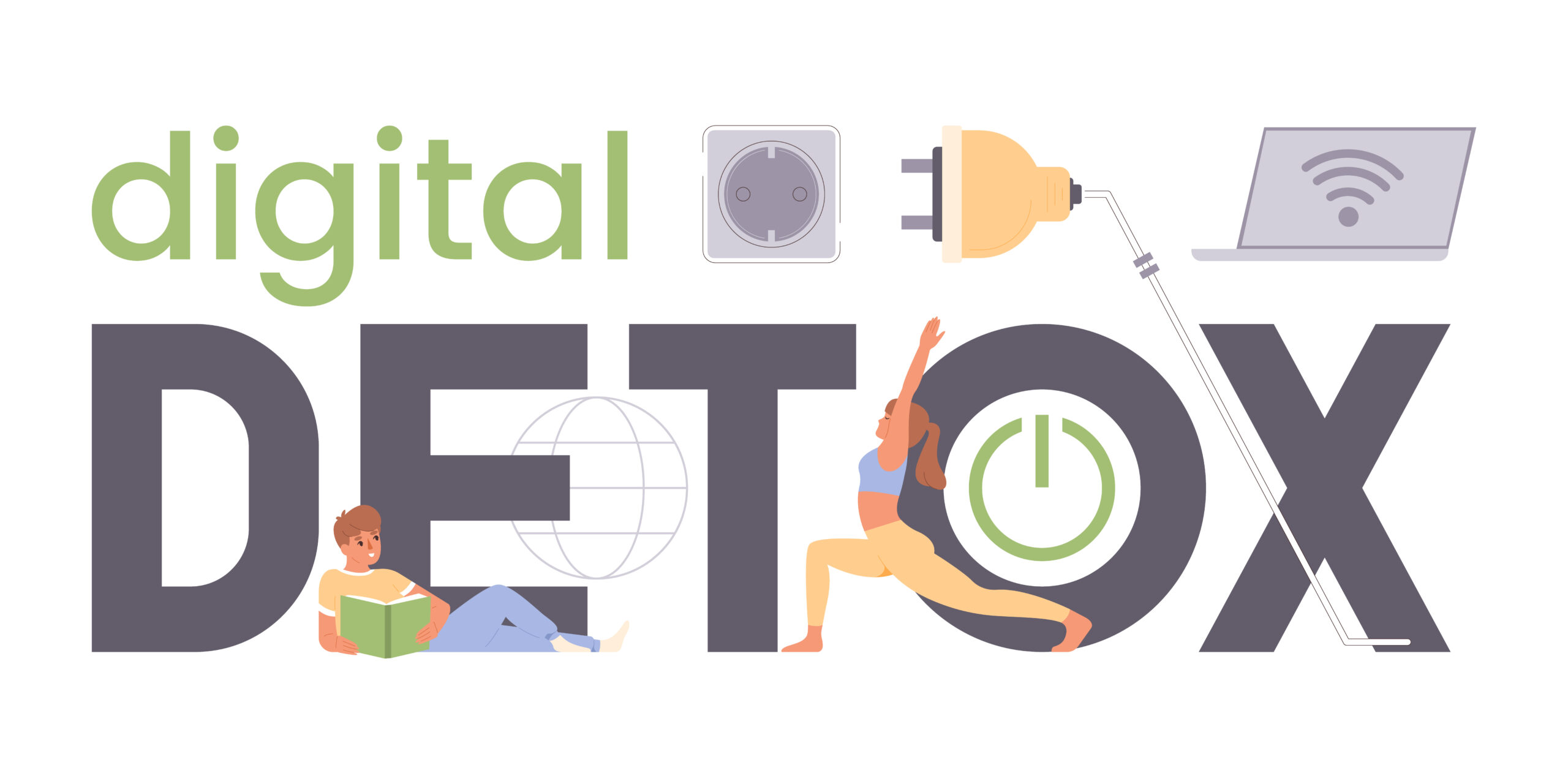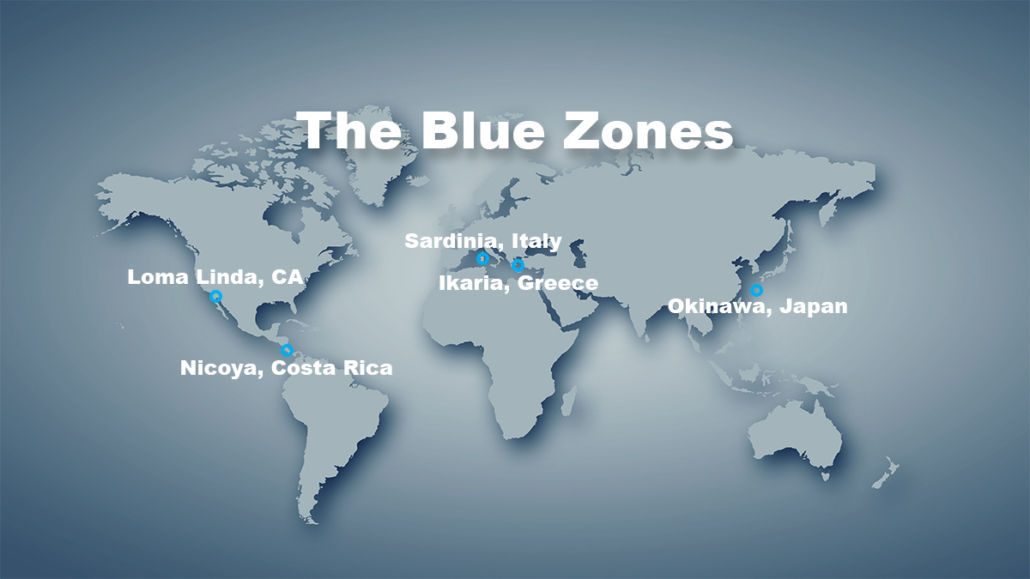Discover how digital overstimulation is reshaping teenage brain chemistry. Learn the signs of tech-trauma in teens, its impact on mental health, and holistic strategies for recovery through mindfulness, digital hygiene, and professional support. A must-read for parents, educators, and wellness advocates.
In today’s world, digital devices have become the lifeline of teenage existence—from waking moments flooded with notifications to nights spent scrolling through endless content.
While the perks of technology are undeniable, a silent epidemic is unfolding: tech-trauma.
This digital overstimulation is beginning to rewire young brains, creating long-term consequences for emotional regulation, cognitive health, and overall well-being.

What is Tech-Trauma and Why It Matters
Tech-trauma refers to the mental, emotional, and neurological strain caused by excessive screen exposure. Unlike physical injuries, tech-trauma is invisible—yet it powerfully distorts brain chemistry and developmental processes.
Adolescents, whose brains are in a crucial growth phase, are particularly vulnerable.
The constant engagement with social media and video games results in frequent dopamine spikes. This can lead to dopamine dysregulation, where the brain’s reward system becomes more reliant on digital stimuli.
The Adolescent Brain in Overdrive: Chemical Consequences
The teenage brain is not just a smaller adult brain—it’s a work in progress, especially in areas related to decision-making, impulse control, and emotional regulation. Overstimulation from digital content hijacks this developmental process by flooding the brain with neurotransmitters like dopamine and cortisol. Here’s what happens:
- Dopamine Dysregulation
Every like, share, or level-up provides a dopamine hit. This feel-good chemical, essential for motivation, becomes overused, leading to tolerance and digital dependence—much like substance addiction.
- Cortisol Overload
The never-ending alerts and fear of missing out (FOMO) trigger a stress response, elevating cortisol levels. Chronic exposure contributes to anxiety, burnout, and reduced memory performance.

- Melatonin Disruption
Blue light from screens suppresses melatonin secretion, which interferes with the body’s internal clock. This not only results in insomnia and poor sleep quality but also affects cognitive recovery and emotional processing.
- Stunted Prefrontal Cortex Development
The prefrontal cortex governs self-control and decision-making. Constant digital noise makes it harder for teens to manage emotions, stay focused, and plan ahead—all vital life skills.
Signs Your Teen May Be Experiencing Tech-Trauma
Spotting the signs early can help reverse the damage. Watch out for:
- Frequent mood swings or emotional outbursts
- Irritability when separated from devices
- Shortened attention span and inability to complete tasks
- Disturbed sleep patterns or insomnia
- Increased anxiety, sadness, or social withdrawal
- Escalating screen dependence and reduced interest in offline hobbies
The Domino Effect: Broader Life Impacts
Tech-trauma affects more than just brain chemistry. It spills into almost every area of a teen’s life:
- Declining Academic Performance
- Physical Health Challenges
- Social Isolation
- Cyberbullying and Mental Health Risks
Steps Toward Healing: Rebalancing the Teenage Brain
Thankfully, the brain is adaptable. With conscious changes, it’s possible to reverse much of the damage caused by tech overuse:
- Practice Digital Hygiene
Set limits for screen time, encourage device-free meals, and especially power down 1–2 hours before bedtime.

- Introduce Mindfulness Practices
Techniques like deep breathing, guided meditation, journaling, or sound baths can help recalibrate overstimulated brains.
- Embrace Nature and Movement
Outdoor play, walks, gardening, or sports not only reduce screen time but also increase serotonin and oxytocin levels.

- Engage in Offline Creative Activities
Art, music, and storytelling offer healthy dopamine outlets while strengthening right-brain activity.
- Seek Professional Help
Therapies like Cognitive Behavioral Therapy (CBT), digital detox counseling, and family therapy can provide deeper emotional reset and support.
Empowering Teens Through Awareness
Education is the foundation of empowerment. When teens understand the science behind their behaviors, they gain the power to make better choices. Open conversations, school-based workshops, and family tech agreements can go a long way in preventing digital burnout.
A holistic approach—combining emotional intelligence, healthy digital habits, and community support—is the way forward in nurturing digitally resilient youth.














